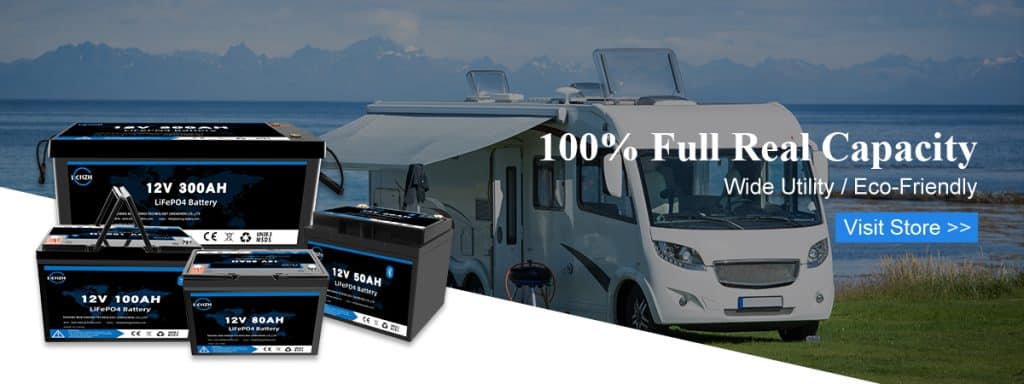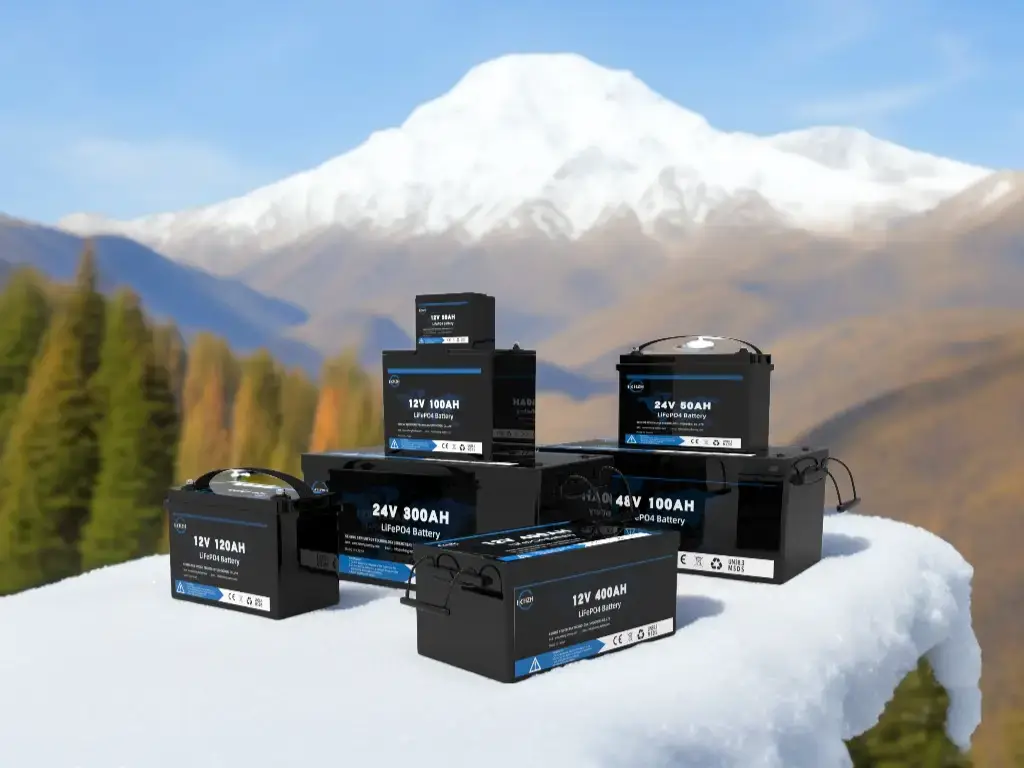BCI battery group size
Battery group size refers to the physical dimensions and terminal locations of a battery. It is used to identify the proper fit for a vehicle’s make and model, as well as its electrical needs. The BCI (Battery Council International) is an organization that sets standards for battery group sizes and tests batteries for compliance.

In other words, a BCI group size is a standardized measurement system used to classify batteries based on their size and capacity. This system helps consumers and auto mechanics to choose the right battery for a particular vehicle. In this article, we will discuss the importance of battery group size, the different BCI sizes available, and how to choose the right one for your vehicle.
There are several reasons why it is important to choose the exact battery group size for your vehicle. First, a battery that is too small will not have enough power to start the vehicle and may not be able to handle the electrical load of the vehicle’s systems. On the other hand, a battery that is too large may not fit properly in the battery compartment and could cause issues like mechanical shocks to the vehicle’s electrical system.
In addition to ensuring proper fit and power, using the correct battery groups can extend the life of your battery while the wrong battery group can harm and reduce the life of your battery. A battery that is too small for a vehicle’s electrical needs will have to work harder to power the vehicle’s systems, leading to a shorter lifespan. On the other hand, a car battery that is too large may not be fully utilized and could lead to sulfation, which can also shorten the battery life.
Choosing the right battery group for your vehicle
So, how do you choose the right battery BCI group number for your vehicle? The first step when looking for a new battery is to consult your vehicle’s owner’s manual to see what size is recommended. The manual will also indicate the location of the battery tray and any special requirements for the battery, such as terminal location or type.
If you do not have access to the owner’s manual, you can also check the vehicle’s battery tray or the manufacturer’s website for information on the recommended BCI group size. Keep in mind that you may need to measure the physical dimensions of the compartment to ensure a proper fit.
Once you have determined the recommended BCI group number for your vehicle, you can then consider other factors such as the climate in which you live and your driving habits. If you frequently drive in hot climates or do a lot of short trips, you may want to choose a battery with a higher reserve capacity to prevent it from being drained too quickly.
It is also important to consider the type of battery you need. Most vehicles use flooded lead-acid batteries, which need to be periodically refilled with water. These batteries are generally less expensive and have a longer lifespan, but they do require more maintenance. Sealed maintenance-free batteries are also an option, but they are generally more expensive and have a shorter lifespan.
When comparing gel cell batteries and flooded lead-acid batteries, it is important to consider the cost, lifespan, and maintenance requirements of each type. Ultimately, the decision should come down to your needs and budget, but understanding the differences between the two types of batteries can help you make a more informed decision.
BCI Battery Group Size and Physical Dimensions Chart
Here is a chart showing the different BCI battery group number and their corresponding dimensions and capacity ratings for your battery:
| Group Size | Length (in) | Width (in) | Height (in) | Capacity (Ah) |
| Group 22 | 7.68 | 5 | 6.75 | 35-40 |
| Group 24 | 10 | 6.8 | 7.5 | 60-75 |
| Group 26 | 12.19 | 6.8 | 7.5 | 70-80 |
| Group 35 | 10.75 | 7 | 7.75 | 75-85 |
| Group 36 | 12.5 | 6.8 | 7.5 | 90-100 |
| Group 40 | 12.19 | 6.8 | 9.38 | 95-105 |
| Group 41 | 12.19 | 6.8 | 9.38 | 95-105 |
| Group 46 | 12.19 | 6.8 | 9.38 | 95-105 |
| Group 48 | 13 | 6.8 | 9.38 | 100-110 |
| Group 51 | 12.94 | 7 | 9.63 | 110-120 |
| Group 65 | 18.94 | 7.56 | 9.63 | 160-170 |
The most common BCI battery group size and their applications
The most common battery groups are:
- Group 24: This is a mid-size battery that is commonly used in passenger vehicles such as cars, vans, and small trucks. It has a length of about 10 inches, a width of about 6.8 inches, and a height of about 7.5 inches. It has a capacity of around 60-75 Ah.
- Group 35: This is a larger battery that is commonly used in trucks and SUVs. It has a length of about 10.75 inches, a width of about 7 inches, and a height of about 7.75 inches. It has a capacity of around 75-85 Ah.
- Group 48: This is the largest BCI group number and is commonly used in heavy-duty vehicles such as buses and RVs. It has a length of about 13 inches, a width of about 6.8 inches, and a height of about 9.38 inches. It has a capacity of around 100-110 Ah.
Group 24 batteries are generally suitable for smaller vehicles with lower electrical needs, while Group 35 and Group 48 batteries are more suitable for larger vehicles with higher electrical demands. They are also used as dual-purpose batteries and for starting batteries and cranking.
It is important to choose the correct battery group size to ensure a proper fit, adequate power, and a longer battery lifespan.
In addition to these three main BCI group numbers, there are also several smaller sizes (such as Group 22 and Group 26) and larger sizes (such as Group 51 and Group 65) available.

The Battery Group 24
As earlier mentioned, Battery Group 24 is a medium-sized battery that is commonly used in light vehicles. It is identified by its size, and capacity. The physical size of a Group 24 battery is as follows:
- Length: about 10 inches
- Width: about 6.8 inches
- Height: about 7.5 inches
The capacity of a Group 24 battery is typically around 60-75 Ah rating (amp-hours) or 90-120ah for lifepo4 battery because of high energy eficiency. Group 24 batteries are generally suitable for smaller vehicles with lower electrical needs. They are often used in passenger cars, vans, and small trucks, and may also be used in RVs, recreational vehicles, automotive and marine applications.
It is important to choose the correct BCI group numbers to ensure a proper fit, adequate power, and a longer battery lifespan. Consult your vehicle’s owner’s manual or the manufacturer’s website for the recommended battery group size, and consider other factors such as climate and driving habits when making your decision.
Group 24 vs group 27 deep cycle battery
Battery Group 24 and Group 27 are two commonly used sizes for deep cycle batteries, which are designed to be discharged down to a low state of charge and then recharged. These batteries are often used in applications such as boats, RVs, and off-grid solar systems and off the grid applications, where they are used for multimedia devices, power appliances, medical and security systems as well as electronic devices over an extended period of time.
Here is a comparison of Group 24 and Group 27 deep cycle batteries:
| Group Size | Length (in) | Width (in) | Height (in) | Capacity (Ah) | Reserve Capacity (min) |
| Group 24 | 10.0 | 6.8 | 7.5 | 60-75 | 75-110 |
| Group 27 | 10.63 | 6.88 | 9.75 | 75-90 | 110-135 |
As you can see on the above battery size chart, Group 27 batteries are slightly larger and have a higher capacity and reserve capacity compared to Group 24 batteries. In terms of applications, Group 24 batteries are generally suitable for smaller vehicles, wheelchairs, large UPS systems, etc while Group 27 batteries are more suitable for larger vehicles with higher electrical demands. However, the actual battery size and capacity needed will depend on the specific electrical needs of the application.
The Battery Group 31
Battery Group 31 is a mid-size battery that is commonly used in a variety of applications, including vehicles, boats, RVs, and off-grid solar systems. The dimensions of a Group 31 battery are as follows:
- Length: about 13 inches
- Width: about 6.8 inches
- Height: about 9.38 inches
The capacity of a Group 31 battery is typically around 85-100 Ah (amp-hours),usually lithium battery have bigger capacity for same size battery case compared with lead acid battery. Group 31 batteries are generally suitable for a wide range of applications with moderate to high electrical needs. They may be used in vehicles, boats, RVs, and off-grid solar systems, and are often used as replacement batteries for the OEM (original equipment manufacturer) battery in these applications.
Group 31 lithium battery VS Group 31 lead acid batteries
Group 31 batteries are available in both lithium and lead-acid chemistries. Here is a comparison of the two types:
- Group 31 Lead-Acid Batteries: These are the most common type of batteries and have been in use for over a century. They use a combination of lead and sulfuric acid to generate electricity and are relatively inexpensive compared to other chemistries. However, they do have some drawbacks. Lead-acid batteries are heavy, have a limited number of charge/discharge cycles, and require maintenance (such as adding water to the cells). They also have a relatively low energy density, which means they take up more space for a given capacity.
- Group 31 Lithium Batteries: These batteries use lithium-ion or lithium-polymer cells to store electricity. They are lighter, have a higher energy density, and do not require maintenance. They also have a higher number of charge/discharge cycles compared to lead-acid batteries. However, they are generally more expensive and can be more sensitive to temperature extremes.
In terms of applications, both Group 31 lead-acid and lithium batteries can be used in a wide range of applications with moderate to high electrical needs, including vehicles, boats, RVs, and off-grid solar systems. The choice between the two types will depend on the specific requirements and budget of the application.
Lead-acid batteries are generally a more economical choice. While lithium batteries are generally a better choice for applications that require a high number of charge/discharge cycles, a high energy density, or a low weight. They may also be a good option for applications that are sensitive to maintenance or require a long shelf life.
Where to buy the right battery for use
Getting the right battery for your application is essential in order to ensure reliable performance and long service life. Although there are dealers and manufacturers with different battery brands, getting the right manufacturer who can give you an accurate capacity and amperage is key to your battery’s longevity.
Lithium Battery Tech is one of the leading manufacturers of Lithium batteries and offers a wide selection of lithium batteries for various applications. We offer batteries with different capacities, amperage, and dimensions to suit your needs. Our batteries are certified for safety and quality and come with a full one-year warranty.
Some of the certifications include UL (Underwriters Laboratories), CE (European Conformity), and RoHS (Restriction of Hazardous Substances). By buying from Lithium Battery Tech, you can rest assured that you are getting a high-quality product that is backed up by our customer service team. Contact us today to get the perfect lithium battery for your application.





